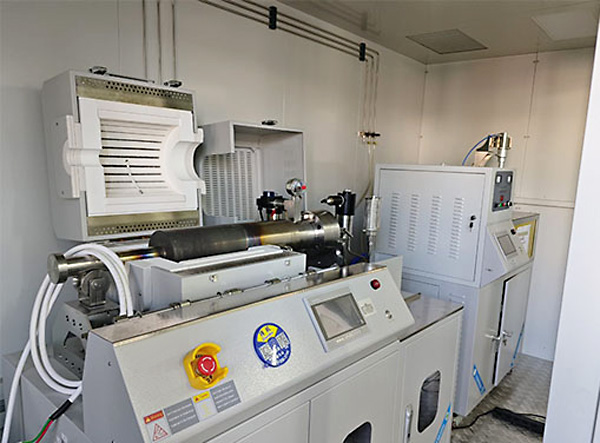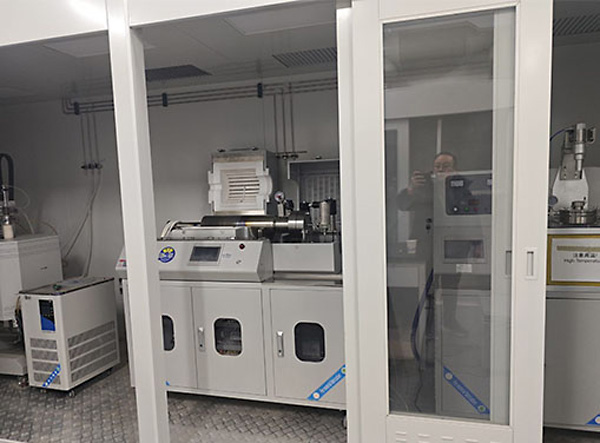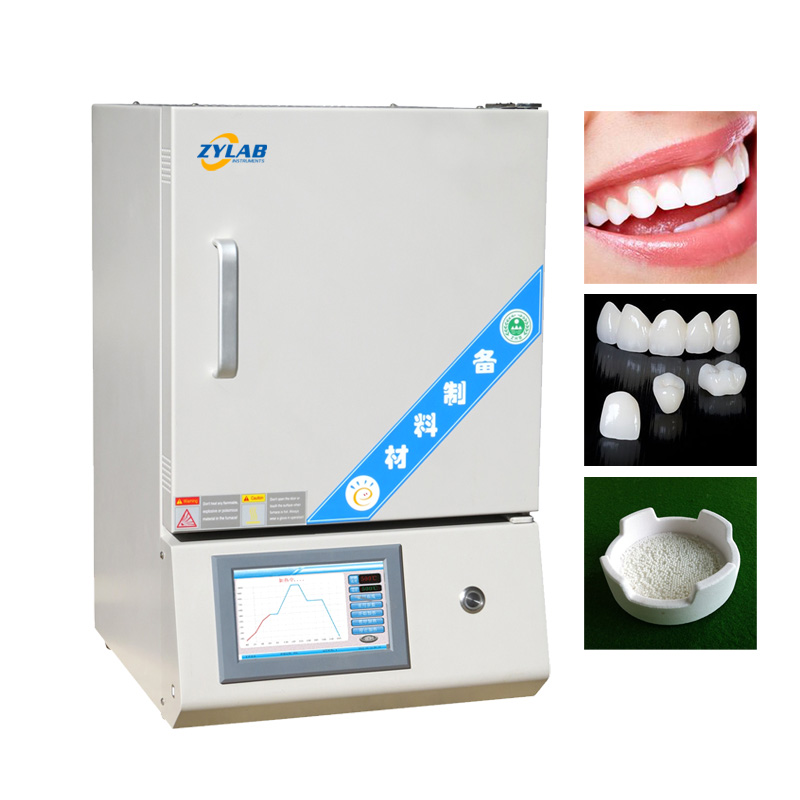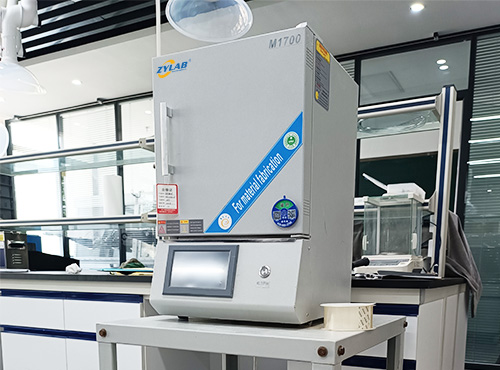Table of Contents
Introduction
In the fields of advanced materials science and extreme condition research, achieving precise control over pressure and temperature is crucial for developing new materials with enhanced physical and chemical properties.
The Ultra-High Pressure High-Temperature (UHPHT) Sintering Furnace is an indispensable tool for researchers and industries focused on high-performance material synthesis.

This specialized furnace enables controlled sintering, chemical reactions, and phase transformations under extreme conditions, offering significant advantages in material development, energy applications, and fundamental scientific research.
Importance of High-Pressure and High-Temperature Conditions in Material Synthesis
Material properties such as hardness, density, electrical conductivity, and thermal stability are often dictated by their microstructure. High-pressure and high-temperature sintering allows for the formation of unique phases and improved material properties that cannot be achieved under normal atmospheric conditions. Key applications of UHPHT sintering furnaces include:
1. Synthesis of Superhard Materials
The fabrication of superhard materials, such as synthetic diamonds and cubic boron nitride (c-BN), relies on ultra-high pressure and temperature conditions to mimic natural formation processes.
These materials are widely used in cutting tools, abrasives, and high-wear-resistant coatings.
2. Advanced Ceramic and Composite Materials
High-performance ceramics, including silicon carbide (SiC) and alumina (Al₂O₃), require precise sintering conditions to achieve superior mechanical and thermal properties.
High-pressure sintering enhances material densification, reducing porosity and increasing strength and durability.
3. Metallurgical and Alloy Development
UHPHT sintering furnaces enable the creation of novel metal alloys and intermetallic compounds with enhanced electrical, magnetic, and mechanical properties.
This is particularly useful for aerospace, electronics, and energy storage applications.
4. Extreme Condition Physics and Chemistry Research
Scientists use ultra-high pressure and temperature environments to investigate phase transitions, crystal structures, and reaction kinetics in extreme conditions.
This research contributes to advancements in condensed matter physics, geophysics, and planetary science.
How UHPHT Sintering Furnaces Enhance Research and Industrial Applications
1. Precise Temperature and Pressure Control
A well-designed UHPHT sintering furnace, such as those offered by ZYLAB, provides advanced PID temperature control and real-time monitoring of pressure variations, ensuring reproducibility and accuracy in experimental and production environments.

2. Superior Sealing and Safety Features
Working under extreme conditions requires exceptional safety measures. High-strength alloy construction, precision sealing, and automated protection systems help prevent leaks, contamination, and pressure-related hazards.
3. Versatility for Multi-Industry Applications
From academic research to industrial-scale production, UHPHT sintering furnaces are utilized in material science, chemical engineering, electronics manufacturing, and energy storage solutions.
Conclusion
The Ultra-High Pressure High-Temperature Sintering Furnace plays a critical role in advancing material synthesis and understanding the behavior of materials under extreme conditions.

As industries continue to demand higher-performance materials, the capabilities of UHPHT furnaces will be pivotal in enabling groundbreaking discoveries and innovations.
Companies like ZYLAB are at the forefront of this technology, providing researchers and manufacturers with cutting-edge solutions for ultra-high-pressure sintering applications.
For more information on UHPHT sintering furnaces or to inquire about custom solutions, feel free to contact us.




